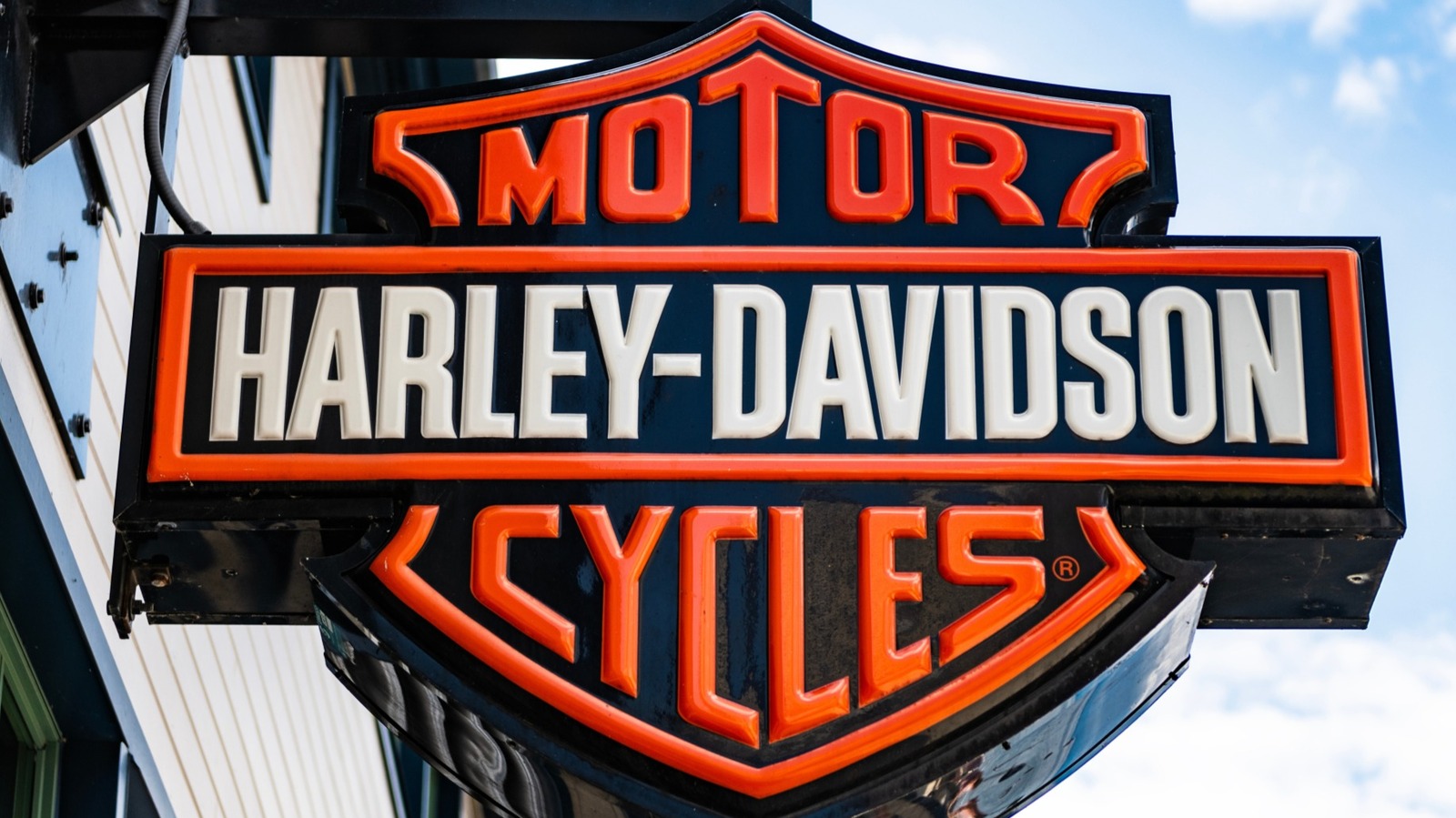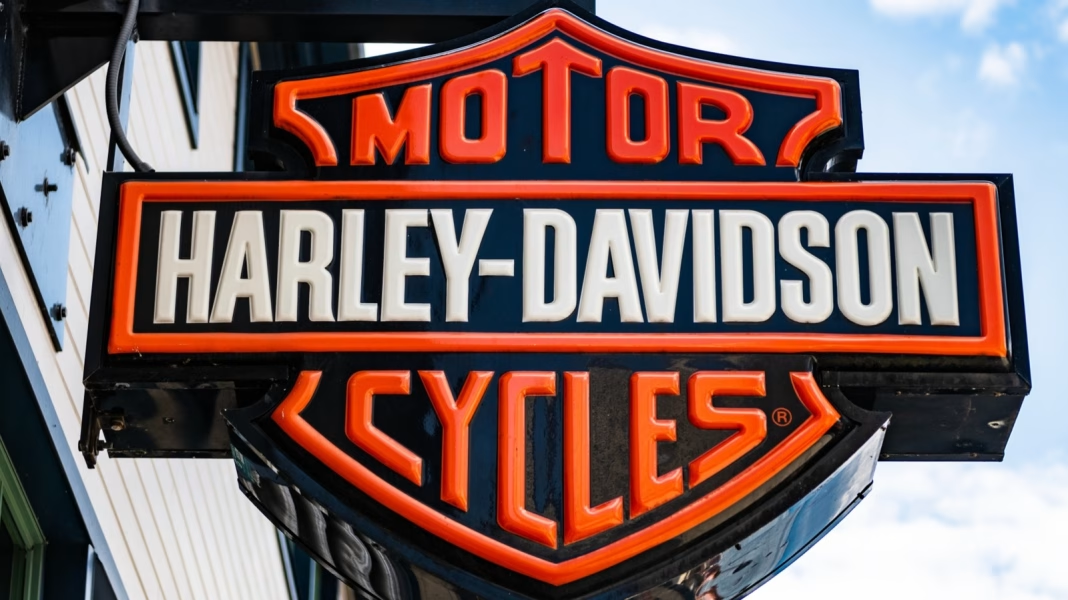Which Motorcycle Brands Has Harley-Davidson Owned Over the Years?
If you’ve ever wondered whether Harley-Davidson’s influence stretches beyond its iconic cruisers, you’re not alone. The company’s history is peppered with bold moves into other motorcycle brands—and even a surprising foray into the RV world. Let’s dig into which brands have worn the Harley badge (or at least, shared its corporate umbrella), and what those partnerships meant for riders and the industry.
Why Did Harley-Davidson Branch Out Beyond Its Own Bikes?
Harley-Davidson’s core identity is tied to heavyweight V-twin motorcycles, but the world doesn’t stand still. In the late 20th century, the motorcycle market was shifting fast. Japanese brands were dominating with lighter, faster, and more affordable bikes. Harley needed new ways to stay relevant and competitive, especially with younger or international riders who wanted something different.
So, Harley-Davidson started looking outward. By acquiring or investing in other brands, they could tap into new segments—think sport bikes, adventure touring, and even off-road. It wasn’t just about survival; it was about expanding the Harley family and future-proofing the business.
What Was the Story Behind Harley’s Ownership of Buell Motorcycles?
Buell Motorcycles is probably the most famous name associated with Harley-Davidson’s expansion efforts. Founded by Erik Buell in 1983, Buell specialized in sporty, American-made motorcycles with a unique engineering flair. Harley-Davidson first invested in Buell in 1993, eventually taking full ownership by 2003.
The partnership was ambitious. Buell brought innovation—like mass centralization and fuel-in-frame designs—while Harley provided financial muscle and distribution. For a while, it worked. Buell bikes gained a cult following, especially among riders who wanted something nimble but still proudly American.
But by 2009, Harley-Davidson decided to wind down Buell’s operations. The official reason? The company wanted to refocus on its core brand during the economic downturn. Some insiders say Buell’s sportier image just never quite fit with Harley’s traditional customer base. Either way, Buell’s legacy lives on, and Erik Buell himself went on to launch new ventures in the motorcycle world.
Did Harley-Davidson Really Own an Italian Sport Bike Brand?
Yes—Harley-Davidson once owned MV Agusta, the legendary Italian marque known for its high-performance, beautifully designed motorcycles. In 2008, Harley-Davidson acquired MV Agusta in a bid to gain a foothold in the premium European sport bike market.
The timing, however, couldn’t have been worse. The global financial crisis hit, and Harley’s finances took a hit. By 2010, Harley sold MV Agusta back to its previous owners at a significant loss. It was a short-lived experiment, but it showed Harley’s willingness to take risks and think globally.
Did Harley-Davidson Ever Try Its Hand at the RV Market?
Here’s a curveball: Harley-Davidson once owned Holiday Rambler, a respected RV manufacturer. Back in 1986, Harley acquired Holiday Rambler to diversify its business beyond motorcycles. The idea was to tap into the growing recreational vehicle market, which seemed like a natural fit for a brand built on the spirit of adventure.
But the RV business proved to be a different beast. By 1996, Harley-Davidson sold Holiday Rambler to Monaco Coach Corporation. The lesson? Sometimes, even the most adventurous brands need to stick to what they know best.
What Impact Did These Acquisitions Have on Harley-Davidson and the Industry?
Each of these ventures—Buell, MV Agusta, and Holiday Rambler—taught Harley-Davidson something about its strengths and limitations. The Buell partnership pushed Harley into sportier territory and inspired some technical innovation. The MV Agusta deal, while brief, gave Harley a taste of the high-end European market. And the Holiday Rambler experiment? That was a reminder that not every adventure leads to gold.
For the motorcycle industry, Harley’s moves signaled that even the most established brands need to evolve. It also opened the door for more cross-pollination between American and international manufacturers, which ultimately benefits riders with more choices and better technology.
Are There Any Lasting Effects from Harley’s Ownership of Other Brands?
While Harley-Davidson no longer owns any of these brands, the effects linger. The Buell era, for example, left a mark on Harley’s engineering approach and broadened its appeal (even if only temporarily) to younger, sportier riders. The MV Agusta episode nudged Harley to think globally, a mindset that’s still visible in its recent push into electric motorcycles and adventure touring with the Pan America.
And let’s not forget: these bold moves showed Harley’s willingness to take risks. That kind of thinking is what keeps a century-old company from getting stuck in the past.
What’s the Big Takeaway for Riders and Harley Fans?
Harley-Davidson’s history of owning other brands isn’t about chasing perfection—it’s about making smarter, sometimes gutsy adjustments. Whether you’re a die-hard Harley fan or just curious about the motorcycle world, there’s a lesson here: don’t be afraid to try something new, even if it means stepping outside your comfort zone. Start with one change this week—maybe test ride a different style of bike or dig into a new riding community—and you’ll likely spot the difference by month’s end.


